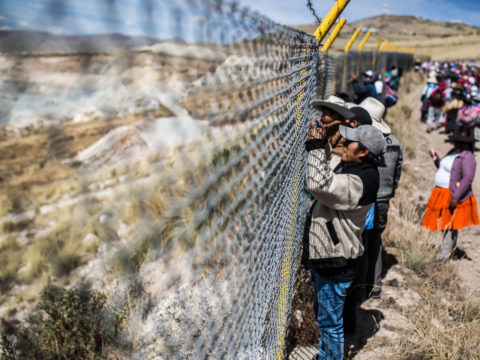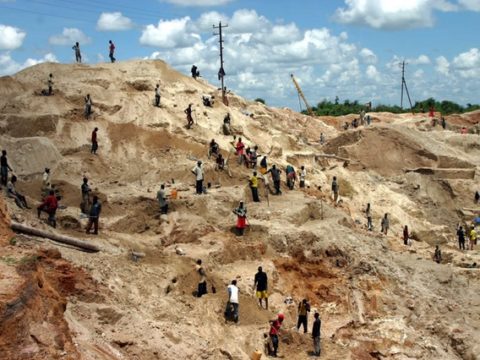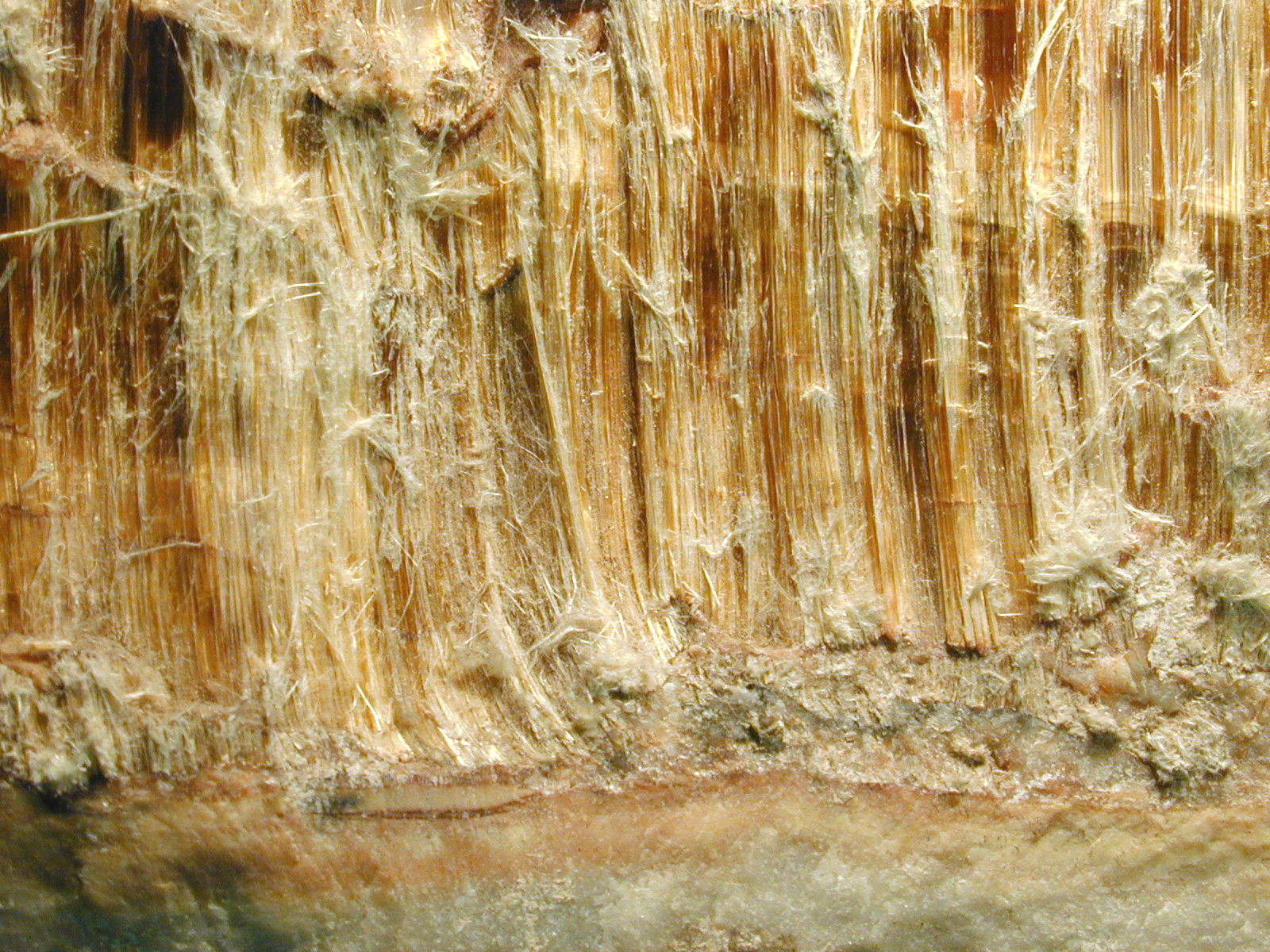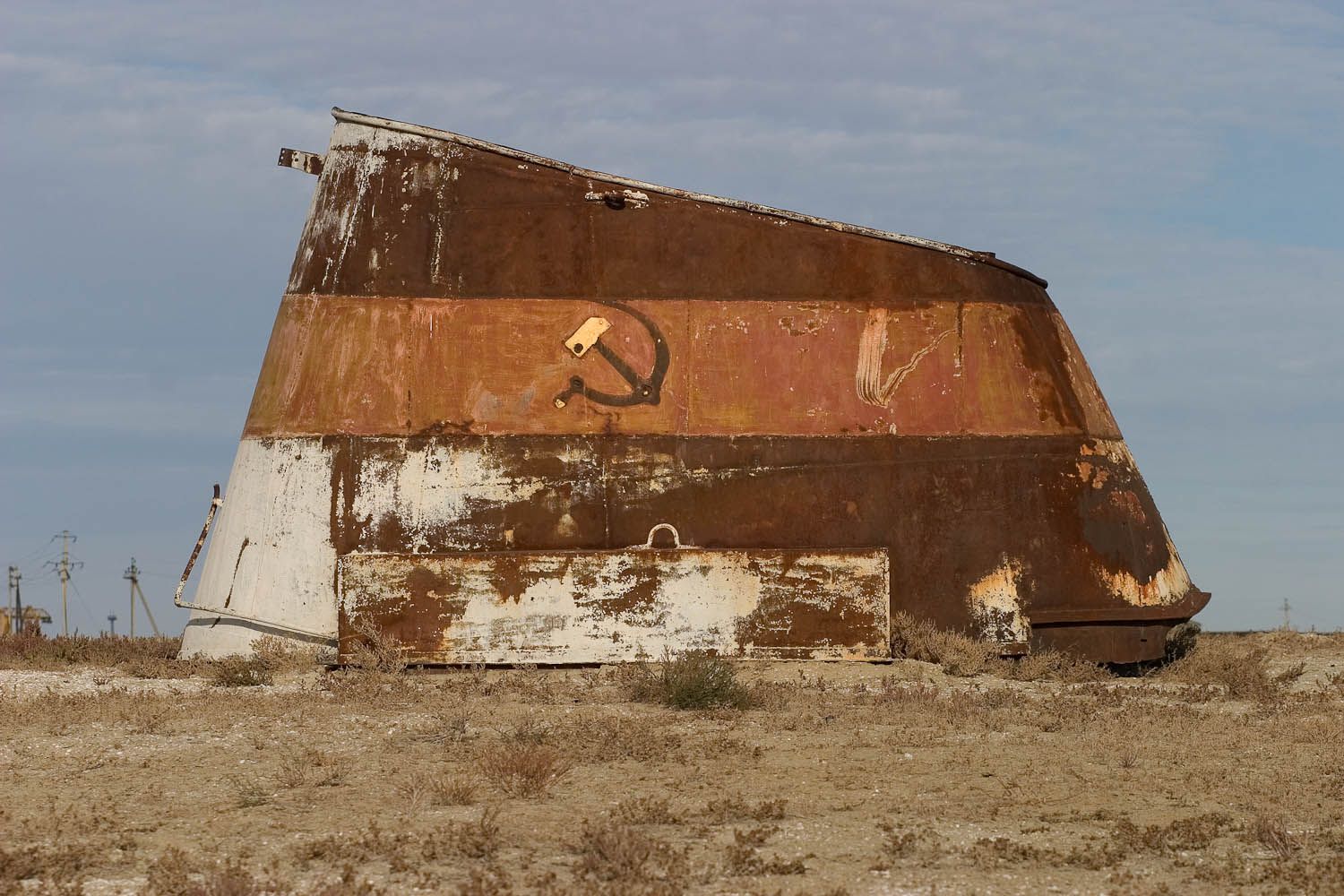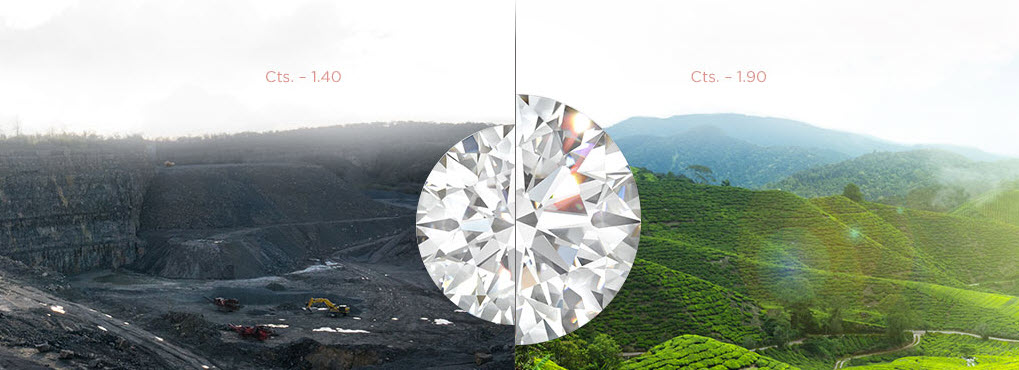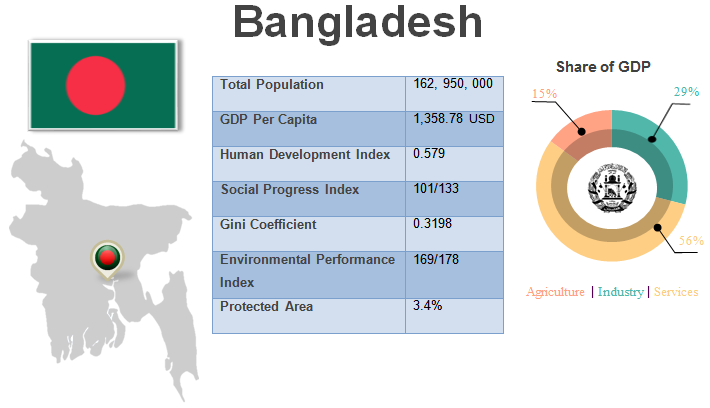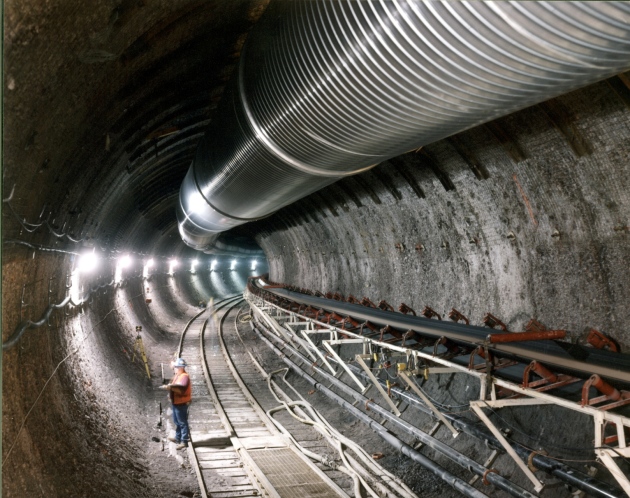Category: Health
Mining, Protests and Political Participation in Peru
Source of the Picture: Swissinfo.ch. See the multimedia story on the recent environmental protests in the Tintaya mine developed by Swissinfo.
On November 12, 2019, 13 rural communities in the province of Espinar started a strike.… Read More
Environmental Regulations: the case of the DRC
Because of the global nature of the resource extraction industry and the variety of actors involved, states are no longer the only ones to have power, and thus sovereignty, over their own land.… Read More
The environmental impacts of Cryptocurrencies
More and more frequently we hear words such as Bitcoin, Litecoin, Monero and Ethereum, digital-based medium of exchange known as ‘cryptocurrencies’. Most often, we hear about the beneficial potentials of cryptocurrency, such as that of not being controlled by any central authority, but working primarily as a decentralized, peer-to-peer network of exchange, recorded and produced by the cryptocurrency community as a whole (Krishnan et al.… Read More
Why Continue Producing Toxins? Global Asbestos Extraction and its Human Impact
Production of Asbestos is one of the most controversial natural resource extractions due to its impact on humans, as the material is widely considered as a toxin. Since the asbestos controversy from the late 1980s to the 1990s, most industrialized countries have banned asbestos.… Read More
High Modernism and The Aral Sea disaster
The Aral Sea desiccation is a textbook example of the anthropocene. Children around the world learn about this ecological disaster in schools. The consequences of the desiccation are well-known the world over: the destruction of a fishing industry that sustained local communities for hundreds of years, the appearance of salt-laden dust storms, the spread of fertilizers and pesticides heavily used in the cotton industry over hundreds of kilometers around the sea, soil salinization, and the detrimental effects on the health of local populations.… Read More
Lab-grown Diamonds: Sustainable Choice for Consumers?
Sustainability is one of the main arguments supported by synthetic diamonds manufacturers to promote their product as an alternative to mined diamond. Sustainability is perceived in terms of carbon footprints, ecology and social/human impact.… Read More
CSR in Bangladesh
History of CSR:
- There is no specific legislation in Bangladesh to assist the regulation of
- CSR is gradually being normalised in Bangladesh, with CSR projects moving from the peripheral management by external actors, to the mainstream management within local companies.
Deep geological depositary: from global extractions to global insertions ?
What is it?
Geological disposal involves isolating radioactive waste deep inside a suitable rock volume to ensure that no harmful quantities of radioactivity ever reach the surface environment. The waste is contained inside multiple barriers to provide protection over hundreds of thousands of years.… Read More
The Mines of Trepça & Stories of Men
The Trepça Mines were one of the most flourishing industries in the Yugoslavian Era. Mostly located in Serbia and Kosovo, Trepça employed more than 40’000 employees at the largest, in the mines and associated infrastructures. … Read More
